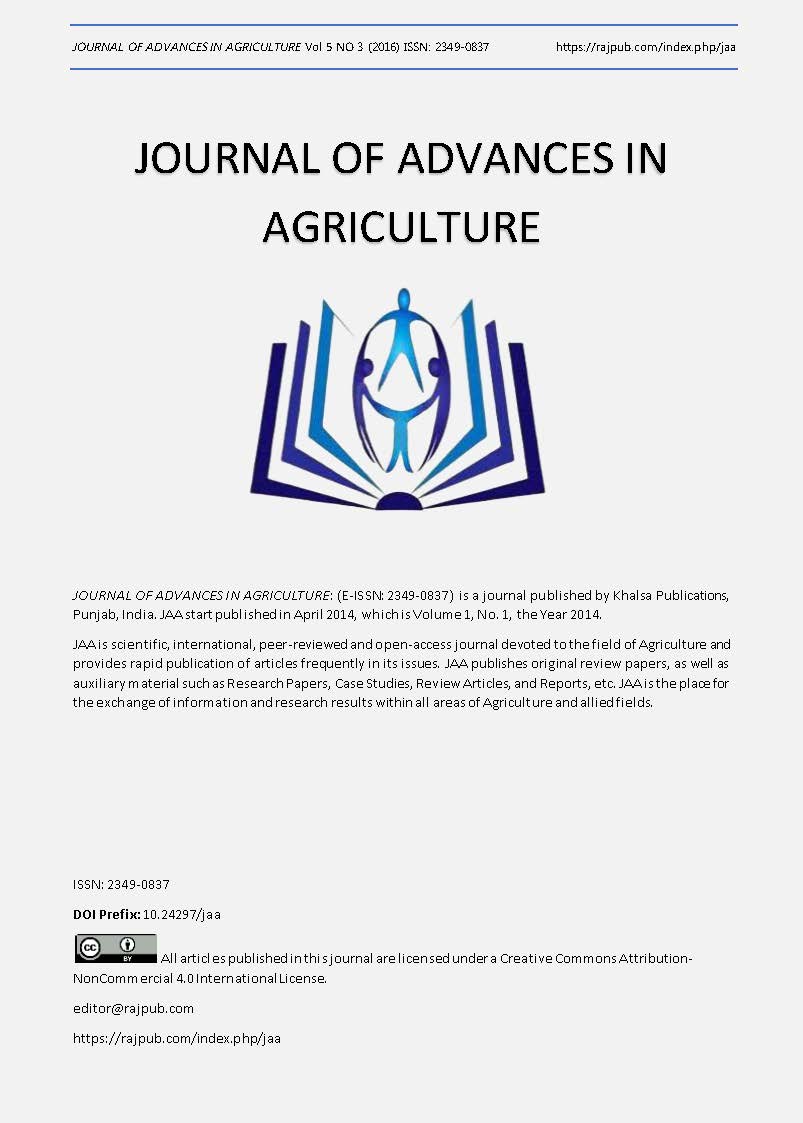The Effect of Harvesting Time and Variety on Fiber andCottonStalkYield Potential and its Companent for Use in the Pulp andPaperIndustry
DOI:
https://doi.org/10.24297/jaa.v5i3.4312Keywords:
cotton stalk- yield- harvesting time- variatyAbstract
Survey of cotton fiber yield, in addition to the identification of its best variety can cause cotton residual enhancement. The remainder of cotton stalk in farms is an illness-causing agent and leads to yield reduction in the next cultivation stage, an event which requires burial. So the usage of cotton stalk in the pulp and paper industry,which faces a shortage of raw material, results in a reduction intillage costs, thus, fiber and stalk yield potential gain importance. In this study, we investigated the effect of variety and harvesting time on cotton yield and its components, which was obtained from experiments of the plot of the 2009 cultivation year. An amount of dry material of each part of the components was also obtained. Experiments on factors containedfive varieties: Sepid, Sahel, Armaghan, Golestan and number200. The harvesting times were also three, namely: 145, 175 and 205 days after cultivation replicated in 4 blocks. Results of the variance analysis showed that the effects of variety and harvesting time on total dry material yields, leaf, stalk, bast and the core, cotton yield, empty and closed boll, stalk height and diameter were significated. The Armaghan variety in the second harvesting time had the highest cotton yield(2413.95) ,whilethe Sepid variety had the most cotton stalk yield in the third harvesting time(3716.76). Except for boll, cotton and total dry material yield, in the other evaluated characteristics, the third harvesting time had the best yield, and the most total dry material yield was related to the second harvesting time.
Downloads
Downloads
Additional Files
Published
How to Cite
Issue
Section
License
 All articles published in Journal of Advances in Linguistics are licensed under a Creative Commons Attribution 4.0 International License.
All articles published in Journal of Advances in Linguistics are licensed under a Creative Commons Attribution 4.0 International License.




